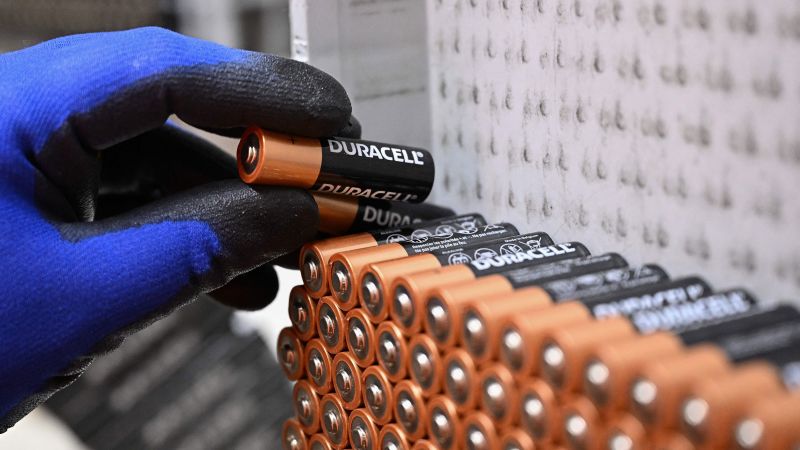In the competitive landscape of battery production, a notable conflict has emerged between two of America’s leading battery brands: Duracell and Energizer. The battleground is primarily defined by advertising claims regarding battery life, which has spurred a legal confrontation unique to the industry. At the forefront of this dispute is Duracell, a subsidiary owned by the renowned investment mogul Warren Buffett’s Berkshire Hathaway, which has taken legal action against rival Energizer, accusing it of deceptive advertising practices that mislead consumers.
On June 13, 2023, Duracell filed a complaint in the federal court located in Manhattan, accusing Energizer of promoting its Energizer MAX batteries with a false claim. Specifically, Energizer asserts that its batteries outperform Duracell’s Power Boost batteries by a margin of 10%. According to Duracell, these statements are not merely exaggerations but blatant misrepresentations that have resulted in significant damage to their brand’s reputation. The lawsuit outlines that such misleading advertising has led to “irreparable reputational harm,” straining not only the trust consumers place in Duracell but also eroding the company’s goodwill in a fiercely competitive market.
Additionally, Duracell critiques the basis of Energizer’s assertion, arguing that the comparison used to support the 10% claim relies solely on one standard for testing battery longevity. The complaint details that, although industry standards exist, battery performance is subject to various metrics that should be considered before making definitive claims. This point of contention highlights the complexity of comparing products in an industry where performance can vary significantly depending on the context in which batteries are used.
The lawsuit characterizes Energizer’s advertising as a deliberate strategy to enhance market share at the detriment of Duracell. In this regard, it accuses Energizer of employing “blatantly false advertising” that misleads consumers and distorts perceptions regarding the performance of both brands’ products. The complaint notes that such tactics are not just unfair but potentially harmful to consumer trust, suggesting that Energizer’s campaign is crafted more to confuse than to inform.
Energizer’s current advertising blitz demonstrates its commitment to this promotional strategy. Launching earlier in the month, the campaign spans numerous platforms, including many television channels along with popular social media outlets like Facebook, Instagram, and YouTube. One specific advertisement includes Energizer’s iconic mascot, the Energizer Bunny, engaged in a humorous yet competitive interaction against a battery that resembles a Duracell product. The ad explicitly states, “There’s no competition. Energizer MAX outlasts Duracell Power Boost by 10%,” reinforcing the challenge in the marketplace and its claims with a bold assertion of “No fluff, just facts.”
In response to Energizer’s aggressive marketing approach, Duracell is not only pursuing the cessation of these advertising claims but is also seeking monetary damages as compensation for the harm done to its brand. The situation has attracted considerable attention, considering the well-established histories and market positions of both companies.
In contrast, a spokesperson for Energizer Holdings has refrained from commenting on the ongoing litigation, adhering instead to a policy of silence on current legal disputes. This cautious stance indicates the seriousness with which both parties view the implications of this lawsuit, as the outcome may set significant precedents for advertising practices in the battery industry and beyond.
The mounting tension between Duracell and Energizer underscores the high stakes of brand reputation and consumer trust in a marketplace where differentiating product performance through advertising can sway consumer preferences dramatically. As the lawsuit unfolds, both consumers and industry observers will be keenly watching how this legal battle influences not only the brands involved but also the broader regulations governing advertising practices in competitive sectors.



